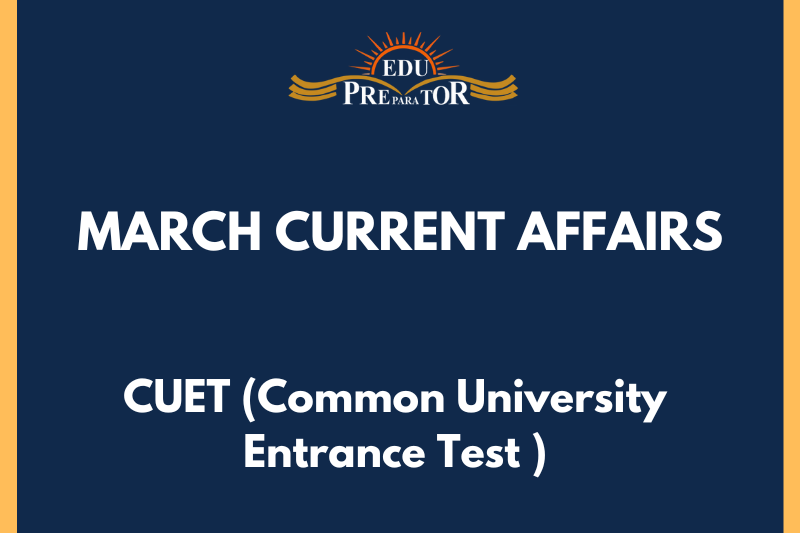
Article 356 of the Indian Constitution and its Implications in Contemporary India
1. Background of Article 356 of the Indian Constitution
- Article 356, also known as "President's Rule," finds its roots in Section 93 of the 1935 Government of India Act.
- It is a situation in which the state government is suspended and the governor, a central appointee, presides over the state.
- This provision was first invoked in 1954.
2. Inception and Insights into Article 356
- The Article entails provisions in case of a failure of constitutional machinery in states.
- The President can dismiss the state government and impose the centre’s rule.
- The President's Rule can either be acted upon when the state governor informs about a failure of state machinery, or the President independently becomes convinced of it.
- In respect of Article 365, the President’s Rule can be invoked if a state disobeys the Union's directives.
3. Provoking Causes of President’s Rule
- Invoking President's Rule usually occurs when the Centre, as part of its duty under Article 355, identifies that the state machinery has failed.
- It may also occur if the state government refuses to follow or execute directives from the Centre.
4. The Process and Provisions under Article 356
- The President, under this article, has the right to suspend the state government given a situation where the latter cannot function in accordance with the Constitution.
- The President may declare a national or state emergency under Articles 352 and 356 respectively.
- The Council of Ministers no more once this regulation is imposed, and the state comes directly under the Union government.
- The President's Rule must be approved by both houses of Parliament and can continue for a total of six months, extendable upon parliamentary approval to a maximum of three years.
5. Parliamentary Approval and Duration of President’s Rule
- A proclamation declaring President’s Rule must be approved by both Houses of Parliament within two months from the issuance date.
- The rule can last for six months initially, and can be extended every six months with the consent of the Parliament, for a maximum of three years.
- The 44th Amendment Act of 1978 introduced legislation to limit Parliament’s ability to extend President’s Rule beyond a year.
6. S.R. Bommai Vs. Union of India Case and its significance
- The dismissal of the S.R. Bommai government in Karnataka in 1989 under Article 356 was deemed arbitrary, leading to a case lodged in the Supreme Court.
- The ruling in 1994 clarified the misuse of Article 356 and set fair conditions for its invocation.
7. Critiques of President's Rule
- The invocation of Article 356 has often been criticised for being used arbitrarily to dispel state governments for political interests.
- It has been allegedly misused for suspending or dissolving Assemblies and preventing political parties from forming governments in states.
- The method of implementation of President’s Rule has also faced criticism, however, in some instances, the enforcement was necessary.
This background and understanding of Article 356 form a crucial part of the Indian democratic machinery and must be comprehended by individuals preparing for government examinations. It gives insight into scenarios where the Centre can take over the governance of a state and the checks and balances in place to prevent misuse. Future aspirants must be well versed in this aspect of the Indian



Comments
Nam cursus tellus quis magna porta adipiscing. Donec et eros leo, non pellentesque arcu. Curabitur vitae mi enim, at vestibulum magna. Cum sociis natoque penatibus et magnis dis parturient montes, nascetur ridiculus mus. Sed sit amet sem a urna rutrumeger fringilla. Nam vel enim ipsum, et congue ante.
Cursus tellus quis magna porta adipiscin
View All